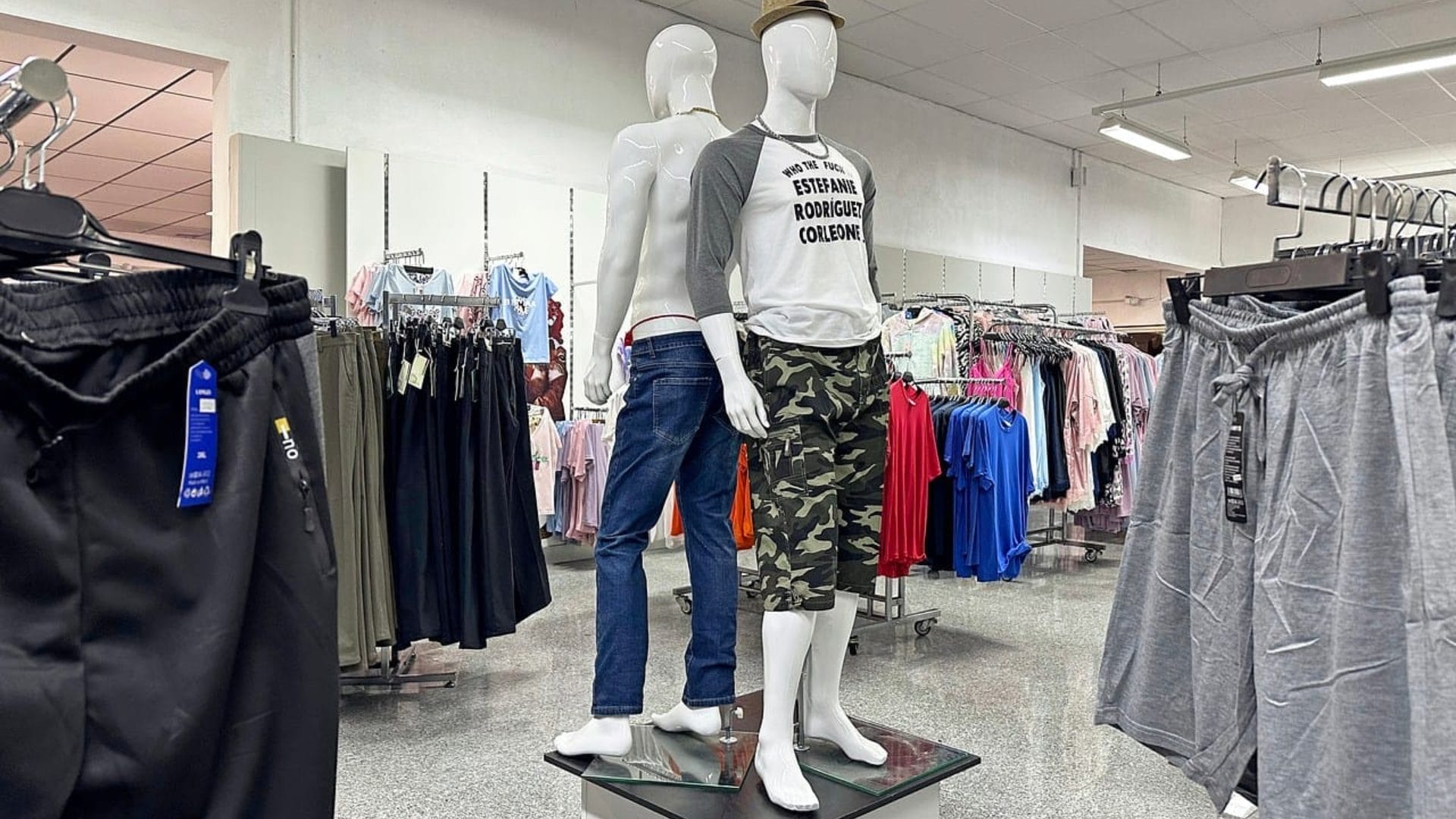
Yvo Cho at Neue Alte Brücke, Frankfurt: A Gesture, a Ghost: Copper, Rice, and Shame in the Empty Room
Walking toward Neue Alte Brücke on a softly dusty German afternoon, we found ourselves thinking about how silence can wound more deeply than a raised voice. What shape does shame take? Is it a sound? A smell? Perhaps a texture? That question echoed quietly as we crossed the threshold of Yvo Cho’s exhibition, untitled but by no means weightless, on view in Frankfurt from June 28 to August 22, 2025, where everything appears withheld, yet nothing forgiven. In the watched half-light of that space, where the white walls do not comfort but keep watch, we encountered a void not asking to be filled, but to be heard.
Here, copper doesn’t gleam, it groans.
Just a handful of objects. But enough to conjure generations of muffled laughter, quiet tears, childhoods flayed by the cruelty of custom.
The gallery itself, stripped down to the point of suspicion, receives visitors like a room left behind in a will: white walls, frosted windows filtering light like a memory unwilling to come fully into focus. On the left, a nearly empty white shelf holds a dark object, a book perhaps, or an abandoned notebook, serving as a cryptic prelude.
The eye is then drawn, inevitably, to the far end of the room, where two works rest with their own silent gravity: hand-woven copper replicas of ki, traditional Korean winnowing baskets used to separate rice from chaff. But here, grain is not separated from husk, trauma is braided into form, metal fused to memory.
The exhibition unfolds in just a few square meters, yet the mental space it opens is vast. No captions, no guide, only the silent invitation of a ritual object asking to be seen with disarmed eyes.
Copper, the ultimate conductor, in this context carries no electricity, only feeling. The weaving gesture, slow, repetitive, artisanal, is heavy with ancient patience. The mesh is dense but imperfect: slight irregularities bear witness to the hand, to time, to devotion. There’s something almost religious in the obstinacy of replicating a humble object with a noble metal, as if Cho, without sentimentality, were redeeming the pain of a punitive gesture by giving it contemplative dignity.
And yet, the true power of the work lies not just in its symbolic transmutation. It’s in the balance between presence and disappearance. The sculptures are not hung or theatrically lit, they rest on the floor, gently slumped, like tired bodies. They do not declare their meaning. They withhold it, allowing the visitor to approach it, or to miss it entirely.
A narrow beam of light seems to slide over the copper surfaces, never igniting them, only laying them barer. A faint smell lingered, reminiscent of country attics, where objects are kept not for their value, but because no one dares to throw them out. Not out of sentiment, but out of guilt.
With just two gestures, Yvo Cho has woven an exhibition heavier than its scale. And perhaps it is right, here among these sober walls, to pause and remember that childhood is not always an innocence to celebrate, but sometimes a form to reconstruct, piece by piece, thread by thread.













fakewhale
Founded in 2021, Fakewhale advocates the digital art market's evolution. Viewing NFT technology as a container for art, and leveraging the expansive scope of digital culture, Fakewhale strives to shape a new ecosystem in which art and technology become the starting point, rather than the final destination.
You may also like
“Loose Canon” by Estefanie Rodríguez Corleone, Jasmine Gregory at A MAIOR, Viseu
Upon entering “Loose Canon,” the experimental exhibition by Estefanie Rodríguez Corleon
Mark Webster: Evolving Aesthetics through Code
Born in Canada and raised in the UK, Mark Webster is a key figure within the visual and sonic arts r
Beatrice Vorster, Szilvia Bolla, Sabrina Ratté, Evangelia Dimitrakopoulou, Amélie Mckee, and Melle Nieling, “LOG 3: Interceptor,” at Plicnik Space Initiative, London.
“LOG 3: Interceptor” by Beatrice Vorster, Szilvia Bolla, Sabrina Ratté, Evangelia Dimit




